Top Photography Safari Experiences in Africa
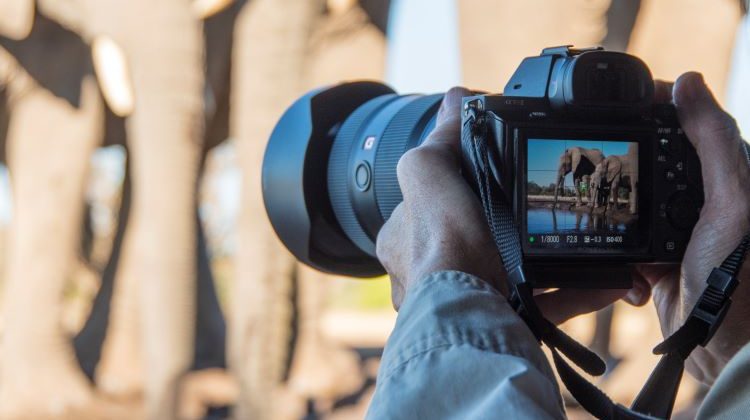
With so much incredible scenery and wildlife, an African safari goes hand in hand with a desire to capture the experience on camera. Those moments on “film” are the ultimate way to share the story of your safari, and there’s no better way to experience the thrill of great wildlife photography than to have first-hand access to those in the know, whether that’s travelling to spots tried and tested by filmmakers or learning techniques straight from the professionals.
We’ve rounded up some of the top photography safari experiences, shining the spotlight on preferred partners and tailored trips that will enable you to capture Africa in a whole new light. Lens-envy is guaranteed with the following:
Seek out a photography hide
Purpose-built photographic hides provide a brilliant opportunity for unrivalled up-close wildlife experiences.
Kaingo Camp
Deep in the national park, Kaingo Camp is one of the top spots for getting close to the wildlife from a hide. Known as the Valley of the Leopard, the South Luangwa in Zambia is one of the greatest wildlife sanctuaries in the world. This area is home to 400 bird species and 60 different mammals along with many prides of lions.
A stay here includes exclusive access to Hippo Hide, which has attracted filmmakers from around the world. Watch in comfort as hundreds of hippos congregate at the confluence of the Luangwa and Mwamba rivers. Alternatively sit in the Elephant Hide perched above an age-old elephant crossing point to observe the gentle giants. There is also the Wild Dog Lagoon Hide (where it’s possible to observe a multitude of animals from the northern part of the park) and a Carmine Bee-eater Hide, where the beautiful migratory birds arrive to nest in September and October.
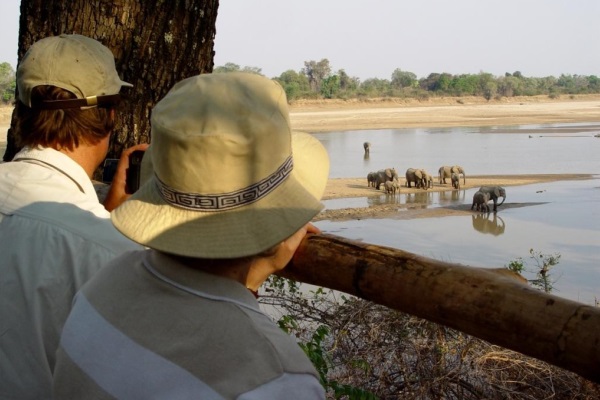
The Elephant Hide gives an aerial view high above an elephant corridor
Camp Hwange, Zimbabwe
Logpiles hides, are a unique way of observing large, charismatic mammals like elephant during the dry season when they are attracted to waterholes. Rather than the observer being hidden from sight entirely, as would be the case in a traditional hide, here you have the impression of there being no barrier whatsoever between you and the animal. Elephants are among the most rewarding species to watch, but buffalo, zebra, sable, giraffe, impala, kudu and other species are also seen. For photographers, a wide-angle lens generally yields the most interesting and fun shots.
Tena Tena Camp, Zambia
South Luangwa National Park in Zambia is renowned for its incredible wildlife and birdlife. One of the most captivating avian spectacles occurs in September when flocks of vibrant carmine bee-eaters descend upon the region, creating a carnival of colour in the skies. Whether you’re a keen birder or not, seeing their aerial acrobatics, vibrant plumage, and melodious calls is an absolute delight to witness. Situated along the banks of the Luangwa River, Tena Tena camp has its very own viewing hide that is strategically positioned to offer an unobtrusive yet intimate vantage point to view the carmine-bee eaters.
Mashatu Camp, Botswana
Mashatu is renowned by photographers worldwide for the high photographic ‘hit rate’ in both the dry and wet seasons. The green season at Mashatu is characterised by short summer annual grasses, thus ensuring that the wildlife photographed at all times of the year. The hide is built to maximise the photographic potential, positioned to consider the angle of the sun, the background, and the angle you are to the animals and birds. The PhotoMashatu wildlife photographer will accompany you in the photographic hides and help tutor you to ensure you capture the best images.
For even more on photographic hides, see our article: Step This Way For The Best Wildlife Views
Explore with a professional photographic guide
Photographers keen to improve their skills on safari can sign up for a tour with a photographic guide. Going with a professional photographer with many years of know-how under their belt, particularly with experience of photographing in the destination, ensures an experience like no other. The focus of the safari is on teaching guests how to get the most out of their cameras and capture the best shots. All seats in the vehicle are window seats, and guests are invited to switch around regularly for different perspectives.
One of the top options, a 10-day trip with Letaka Safaris starts in Maun in Botswana, taking in the Moremi Game Reserve before ending in Chobe National Park, accompanied by a photographic guide. Participants explore the Xakanaxa region on wildlife drives, seeking out large herds of elephants, buffalo and lechwe. This is also a favourite area for birding, with regular sightings of raptors and hornbills. Moremi is amongst the best place in Africa for viewing the endangered African wild dog too.
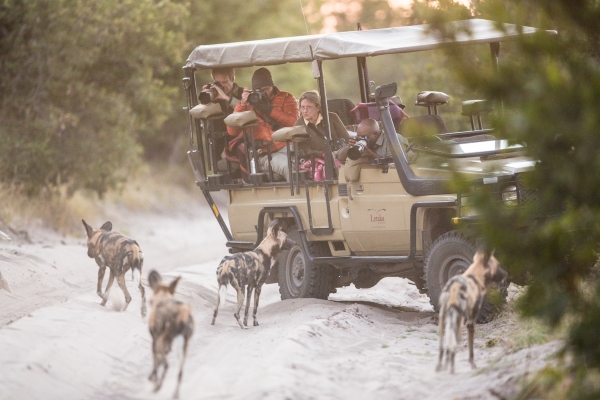
A photographic safari gets close to wild dogs in Botswana
It’s then a slow drive through Moremi Game Reserve northeast towards the Khwai Community Area, passing through one of the most scenic areas of the Okavango Delta. Here there might be the opportunity to photograph hippos, crocodiles and predators including leopards, cheetahs, and lions.
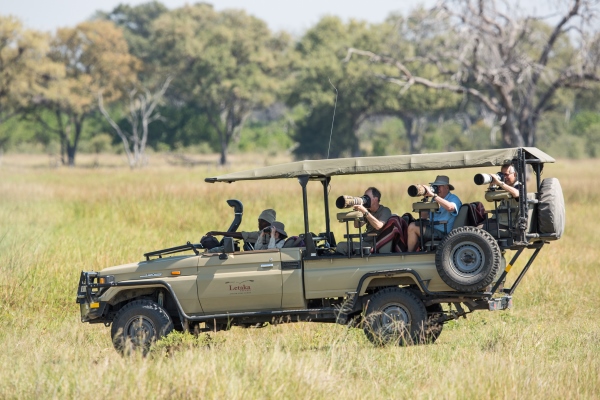
Long lenses at the ready to capture photos of Botswana’s wildlife
The trip moves on to Chobe National Park, concluding with a boat cruise along the Chobe River to Kasane.
Look out for trips with named photography guides: In Zambia, Edward Selfe is one of the best photo safari guides, running small group tours. Having lived and worked in the Luangwa Valley for over a decade he has an intimate knowledge of one of the world’s finest wildlife areas. His renown is such that his exclusive photography trips get booked up way in advance.
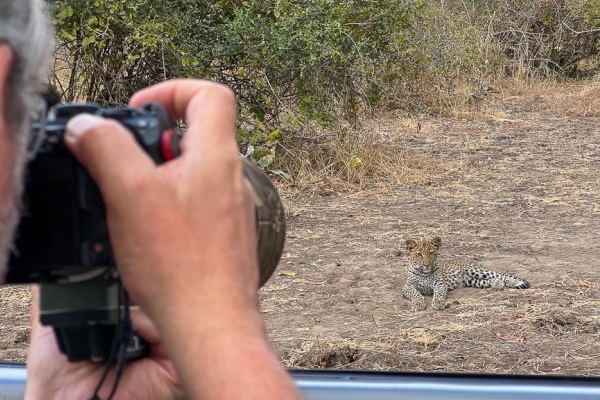
A relaxed leopard in Zambia’s Luangwa Valley
His nine-night Luangwa safari ventures into a remote and inaccessible corner of the national park, one of the best places in Africa to find leopard. During the trips Edward will help with technique and new ideas, providing ample opportunity to experiment with lighting etc.
Many camps have in-house professionals who know the surrounding habitat and wildlife and offer the kind of insight that can only be acquired after years in the bush. One such camp is Kicheche Mara, where the in-house professional photographer is also the co-owner, Paul Goldstein. Paul has done the underlying hard work for you and knows exactly where you should be and when. This local knowledge in combination with his expert camera skills makes for a magic combination. Read our photography blog “Interview with Paul Goldstein of Kicheche Camps”.
Vehicles at Kicheche are adapted for photography, with the side doors removed, lens platforms, soft-padded flooring and bean bags and can be booked on an exclusive basis. All the elements are there; professionals on hand, the stage is set, all that’s needed is for the wildlife to perform.
Stay at camps designed by filmmakers
We also have partners whose whole safari set-up comes from time spent behind the lens, like world-renowned wildlife filmmakers and photographers Dereck and Beverly Joubert. Their ethos is to use the medium of photography to tell a story and raise awareness about conserving Africa’s stunning wilderness areas. Their camps are located in some of the most iconic photographic destinations on the planet.
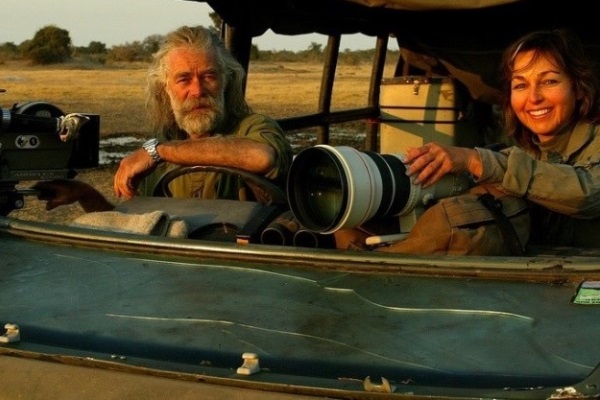
The Jouberts with still and film cameras at the ready
Tents at many of their camps come with a professional camera and lens ready for guests to use, with their images downloaded on departure. Duba Plains camp in Botswana is also home to a specialist photographic boat for exploring the Okavango Delta and their safari vehicles are designed with photographers in mind, complete with camera supports. The wildlife here is so exceptional that the Jouberts chose this as their home base for filming for National Geographic. Guests can look forward to intimate encounters with lions and leopards, elephants, and buffalo.
Their Tembo Plains camp in Zimbabwe has a fabulous outlook over the Zambezi River, and sunsets there are a photographer’s dream. Ol Donyo Lodge in Kenya has two photographic hides, from which some of the region’s last ‘big tusker’ elephants can be seen.
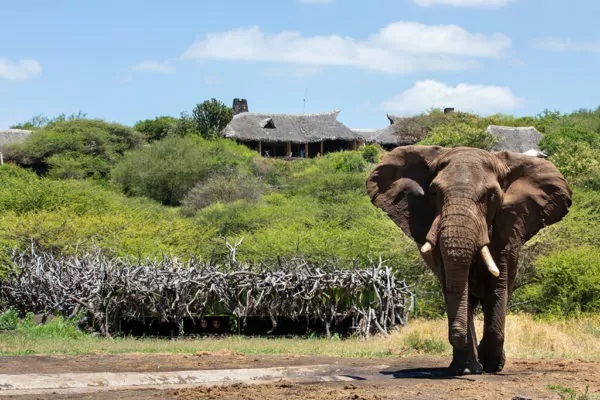
The photographic hide at Ol Donyo allows photographers to get great elephant photos
Guests at their camps in Botswana can also take a scenic helicopter flight and have a go at capturing aerial shots. Private photographic tuition can be provided for all skill sets too.
Take a photography workshop
Alex Walker has been guiding safaris throughout East Africa for over thirty years and is part of an award-winning film and production company. He runs intimate safari camps, such as Serian Camp and Serian Serengeti in the prime wilderness areas of Kenya and Tanzania. Based in these remote areas photography workshops are delivered by professional photographers in residence. A combination of technical expertise with incomparable knowledge of the location ensures guests are in the best hands for unlocking the secrets of the region, as well as learning how best to translate this beauty.
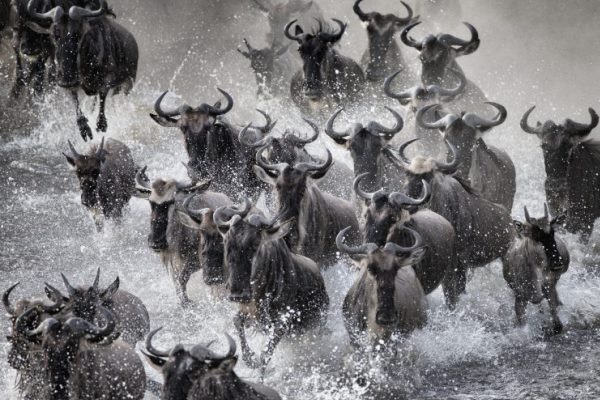
Wildebeest photographed running the gauntlet on a river crossing
The itinerary might take in the breath-taking river crossings of huge wildebeest herds in the Serengeti in Tanzania and Masai Mara in Kenya, where the plains are filled with wildlife, or the unparalleled spectacle of the wildebeest birthing season.
What next?
We would be delighted to help you plan a specialised photographic safari or simply a trip where you get the opportunity to take fabulous photos. Our team of experts has travelled widely throughout Africa and a number are photographers themselves. They can offer expert advice on where and when to travel and what equipment to take with you.
Do get in touch – chatting to people by phone or email is what we do best. We listen, we explain, we answer all sorts of questions even those you didn’t know to ask, and finally we make suggestions. If this is your first time to Africa or your twenty first, we have a team standing by to help make the planning easy and the journey the best ever. Please get in touch whatever stage you’re at.
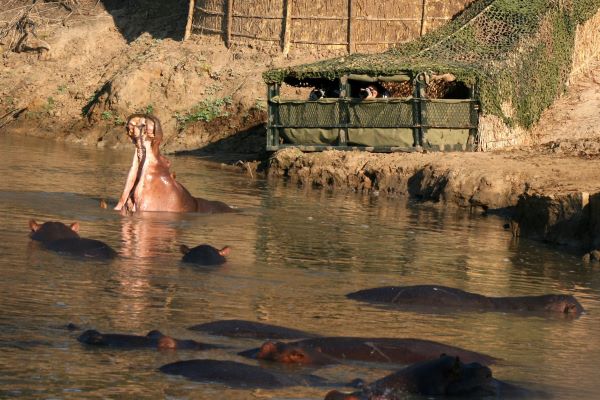
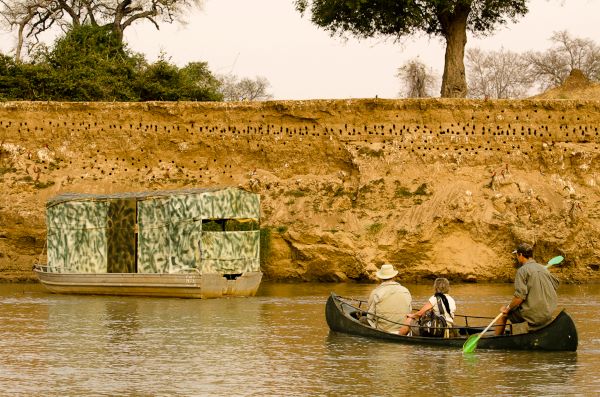
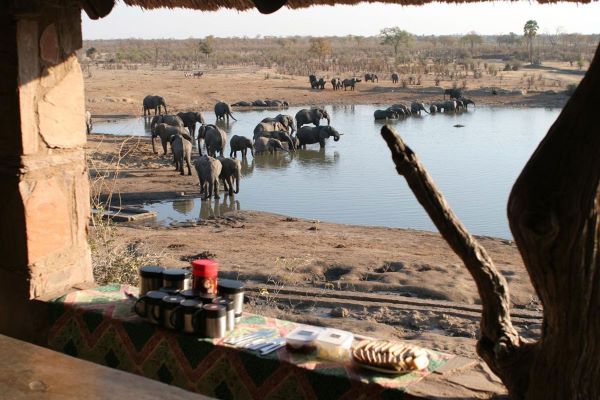
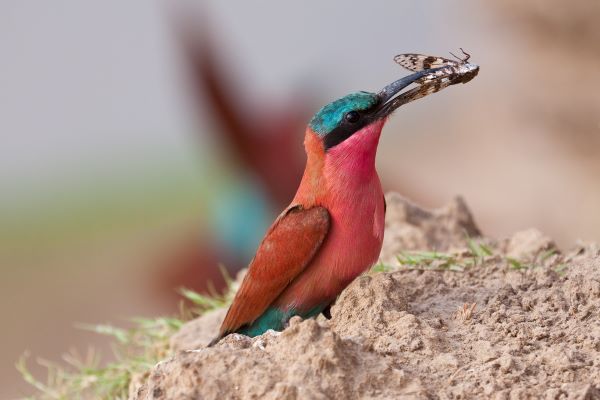
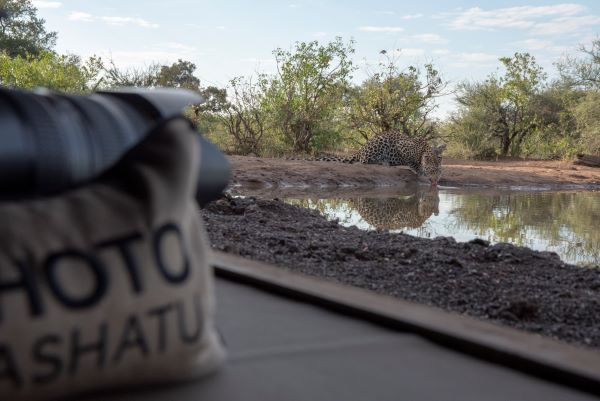
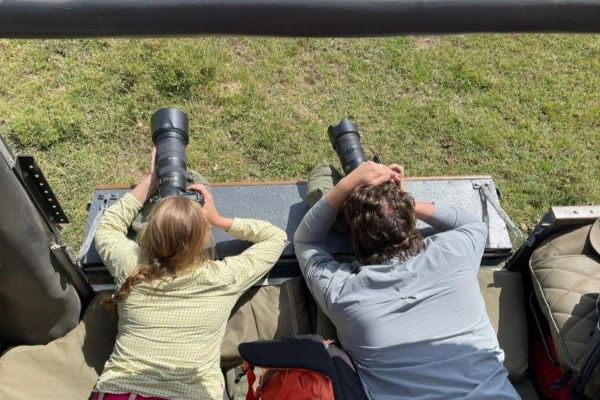
Interested in a wildlife photography workshop please email me with any information you may have
Hi Jay, thanks for getting in contact we would love to help you with this. I will pass your details on to one of our travel experts to get in touch with you with more information.